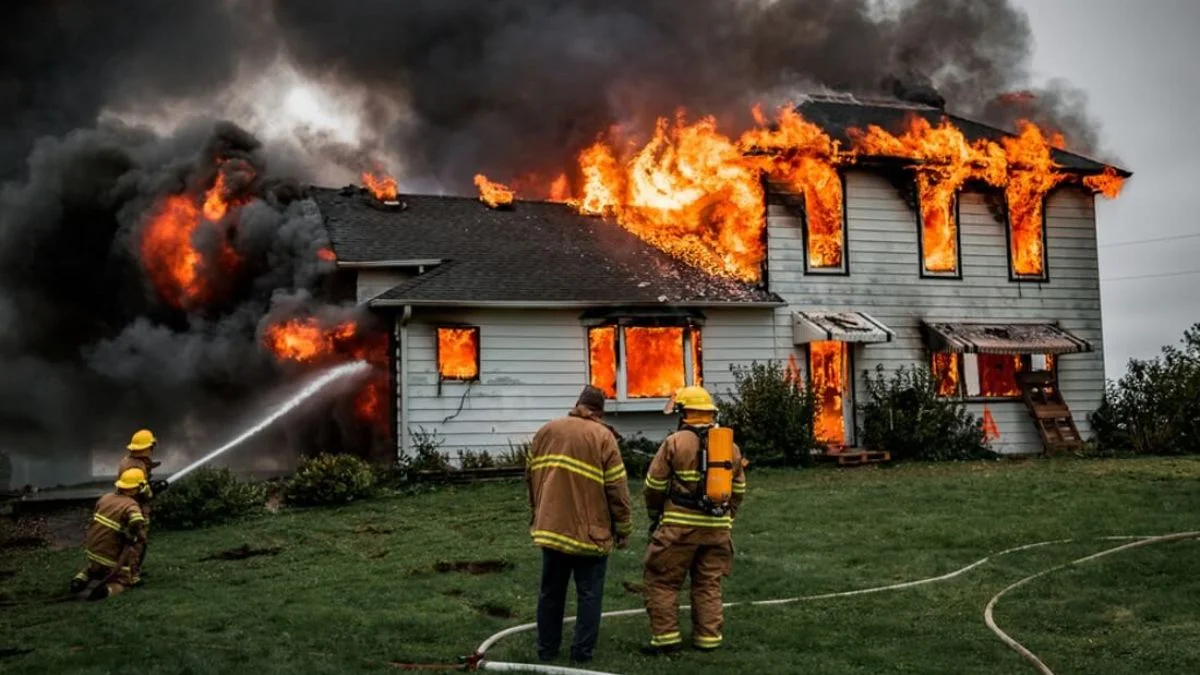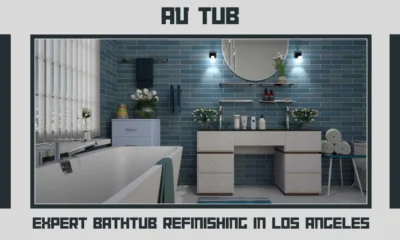INSURANCE
What to Do When Your Fire Insurance Claim Is Denied?

Navigating the aftermath of a fire can be stressful, especially if your insurance claim is denied. Fire insurance is meant to provide financial relief, and a denial can feel overwhelming. However, it’s essential to understand that denial isn’t the end of the road. You can take steps to address the situation effectively and protect your rights as a policyholder. We will explore more about denied fire insurance claim and what you should do if your fire insurance claim is denied, including reviewing your policy, gathering evidence, communicating with your insurer, and seeking professional assistance.
Review Your Insurance Policy Thoroughly
After a claim denial, the first step is to review your insurance policy carefully. Policies often include specific terms, conditions, and exclusions that may have influenced the insurer’s decision. Pay attention to details about coverage limits, deductibles, and excluded causes of loss. Understanding your policy will help you determine whether the denial was justified or resulted from a misunderstanding or error.
Sometimes, denials occur because of technicalities, such as missing deadlines for filing or incomplete documentation. Reviewing your policy will highlight any steps you missed during the claims process. Take note of any ambiguous language in the policy, as it may be subject to interpretation. In such cases, insurers are often obligated to clarify terms in favor of the policyholder. This step is crucial because it forms the foundation for contesting the denial and building your case.
Request a Detailed Explanation of the Denial
Once you’ve reviewed your policy, request a formal explanation from your insurance company detailing why the claim was denied. Insurers are legally required to provide reasons for their decisions. This explanation will often include references to specific clauses in your policy that led to the denial.
Having this information enables you to address the insurer’s concerns directly. It also helps identify whether the denial was due to a legitimate reason or an error on the insurer’s part. For example, some denials occur because the insurer believes the fire resulted from negligence, which may not be covered. In other cases, denials may arise from discrepancies in the evidence provided. Knowing the exact reason allows you to focus on providing additional documentation or correcting misunderstandings, which can be key to overturning the decision.
Gather Additional Evidence to Support Your Claim
If your claim was denied due to insufficient evidence, gather additional documentation to support your case. This may include photos of the damage, receipts for damaged items, repair estimates, or witness statements. The goal is to provide comprehensive proof that the fire occurred and caused the damages claimed.
Additionally, obtain a copy of the fire report from the fire department. This document often contains valuable information about the fire’s cause, the extent of the damage, and other details that may support your claim. If the denial was based on the insurer questioning the cause of the fire, having an independent investigator assess the scene can be helpful. Their findings may challenge the insurer’s conclusions and strengthen your argument for a reversal of the denial.
Ensure that all evidence is well-organized and presented. Submitting a detailed, well-supported appeal increases the likelihood of your claim being reconsidered favorably.
File an Appeal with Supporting Documentation
If the denial persists, proceed with filing a formal appeal. Most insurance companies have established procedures for handling appeals, typically outlined in your policy or provided by the insurer upon request. Be sure to adhere to any deadlines and follow the process closely.
Your appeal should include a well-structured letter explaining why you believe the denial was incorrect, supported by the evidence you’ve gathered. Highlight discrepancies between the insurer’s reasoning and the terms of your policy. For instance, if the denial cites an exclusion that doesn’t apply to your situation, point this out clearly and reference the relevant policy language.
Submitting a thorough and well-organized appeal shows the insurer that you are serious about pursuing your claim. It also demonstrates that you’ve taken the time to understand your policy and build a solid case, which can encourage the insurer to reconsider their decision.
Seek Professional Assistance if Necessary
If your efforts to resolve the denial directly with your insurer are unsuccessful, consider seeking professional assistance. Public insurance adjusters, attorneys, or consumer advocacy organizations can help you navigate the claims process and advocate on your behalf.
A public adjuster can assess the damage independently, prepare a detailed claim, and negotiate with the insurer to achieve a fair settlement. If you choose to involve an attorney, ensure they specialize in insurance law. Attorneys can provide legal advice, represent you in negotiations, and file lawsuits if necessary.
Before hiring any professional, research their qualifications, track record, and fees. Many public adjusters and attorneys offer free consultations to help you determine whether their services suit your situation. While professional assistance may involve additional costs, it can be invaluable in cases where significant losses are at stake.
Facing a denied fire insurance claim can be frustrating, but remaining persistent and proactive is important. Reviewing your policy, gathering additional evidence, communicating effectively, and seeking professional assistance can increase your chances of resolving the denial. Understanding your rights and the appeals process ensures you can challenge the decision and secure the financial support you need to recover from a fire. With the right approach, you can navigate this challenging situation and achieve a resolution that helps you move forward.

-

 BIOGRAPHY7 months ago
BIOGRAPHY7 months agoBehind the Scenes with Sandra Orlow: An Exclusive Interview
-

 HOME1 year ago
HOME1 year agoDiscovering Insights: A Deep Dive into the //vital-mag.net blog
-

 HOME1 year ago
HOME1 year agoSifangds in Action: Real-Life Applications and Success Stories
-

 BIOGRAPHY1 year ago
BIOGRAPHY1 year agoThe Woman Behind the Comedian: Meet Andrew Santino Wife



























